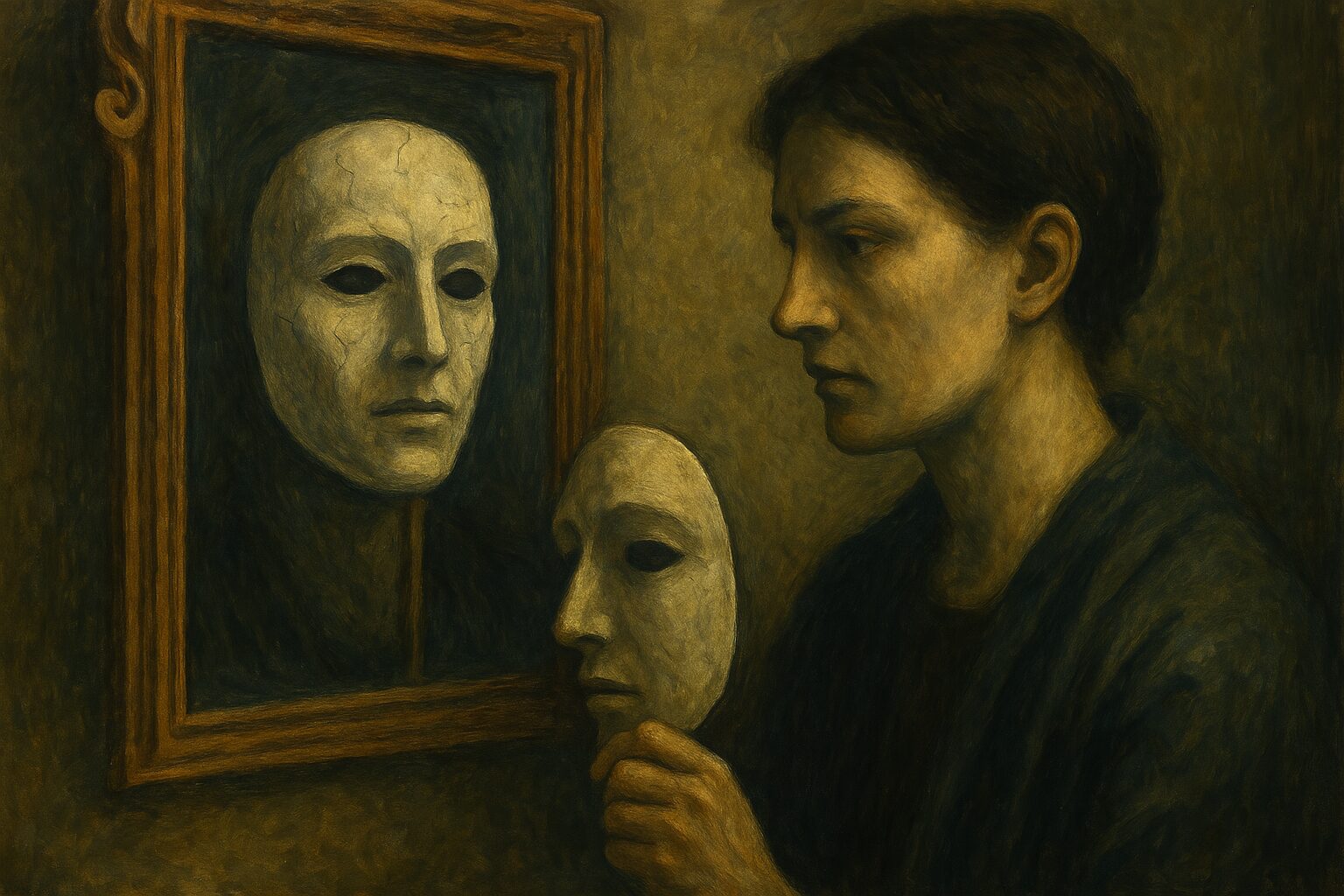“We wear masks to hide—and to reveal. And sometimes, we forget the face underneath.”
From ancient ceremonies to modern social life, the mask has always played a dual role: it conceals, and it reveals. In sacred rituals, it transforms the wearer into something beyond the human. In the mundane world, it helps us navigate roles, expectations, and the performance of identity.
But behind every mask, there is a mirror—a hidden face seeking recognition.
This article is a meditation on the spiritual and symbolic power of masks and mirrors: who we become, who we pretend to be, and who we truly are.
The Sacred Mask
In tribal rituals, masks were never merely decorative—they were portals. To wear the mask of an animal spirit, a god, or an ancestor was to become that being. The self dissolved. The divine entered.
In these rituals, identity was fluid. A shaman might wear multiple masks over the course of a ceremony, shifting between roles and dimensions. This was not deception, but transcendence. The mask was a vessel for otherworldly forces.
In the mystery schools of Greece and Egypt, initiates often donned masks to embody mythic figures—Persephone, Osiris, Dionysus. The mask became a threshold between worlds, a sign that the inner transformation was underway.
The sacred mask doesn’t hide the truth—it reveals the sacred in disguise.
The Social Mask
In modern life, we all wear masks, though more subtly: the persona for work, the family role, the identity we present online.
Carl Jung called this the Persona—a psychological mask we develop to adapt to society. It’s necessary, but dangerous when we mistake it for the whole self. We become fragmented, alienated from the raw soul beneath.
Many spiritual traditions emphasize the need to confront and remove these masks—not to reject the world, but to integrate with it more honestly.
The spiritual path requires a stripping away—a return to the face behind all roles.
The Mirror’s Gaze
Mirrors are symbols of truth, self-awareness, and sometimes illusion.
To look in a mirror is to confront the image we believe ourselves to be. But do we see the self, or only the surface?
In folklore, mirrors were often portals—not just to the unconscious, but to other realities. Vampires cast no reflection, not because they are invisible, but because they have no soul to reflect. In esoteric thought, this symbolizes the loss of inner essence.
A spiritual mirror is not physical—it is conscience, it is inner stillness, it is the eye of the higher self watching from beyond thought.
Ritual and the Fragmented Self
Ritual is where masks and mirrors meet.
Through ritual, we temporarily assume new identities to break the spell of the false self. Whether it’s donning ceremonial garb, chanting in trance, or performing symbolic gestures, ritual creates liminal space—a crack in the shell of identity.
In that space, we are neither our masks nor our mirrors. We are emptiness becoming form.
This is the ancient technique of reintegration: to disassemble the ego, only to return with a clearer sense of soul.
Closing Reflection
In a world obsessed with branding, identity, and projection, the mystical path invites a deeper question:
Who is the one behind the mask, looking into the mirror?
Sometimes, the most spiritual act is to remove the mask gently—and to look, not at the reflection, but through it.
Beyond all roles, there is a still face. Not yours. Not mine.
Just presence.
Just light.
